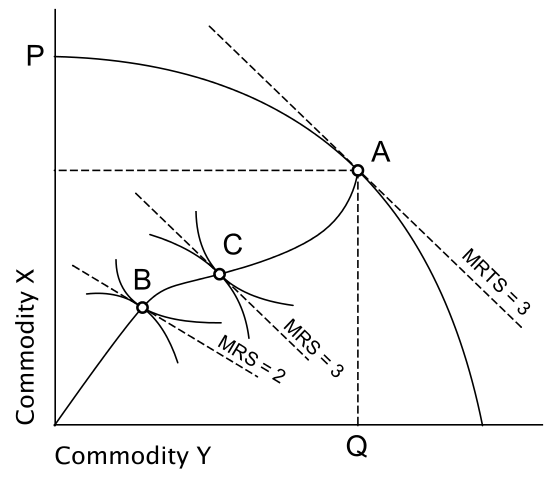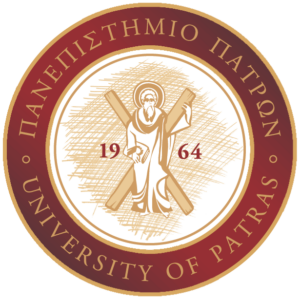Microeconomics I

Learning Outcomes
Microeconomics constitutes a basic pillar of Economics and therefore, a core course in the Department’s program of studies. Microeconomics provides the theoretical background of the economic behavior of economic units, i.e., consumers, business firms and resource owners. The course is taught in two semesters as Microeconomics I and II. After the successful completion of Microeconomics I, students will be able to:
- Analyze and present in a scientific way the economic behavior and the economic decisions made by consumers and firms.
- Present and explain the optimizing economic decisions made by consumers (utility maximization) and firms (profit maximization).
- Present the workings of perfectly competitive markets as well as the process of determining equilibrium prices and quantities.
- Apply the theoretical economic models of the decision making processes and predict changes in the equilibrium positions of consumers and business firms.
- Analyze and present to special and non-special audiences the effects of governmental interventions in the markets for goods and services on the welfare of consumers and producers (consumer and producer surplus, deadweight losses).
Course Contents
The nature of microeconomics. Demand and supply. Theory of consumer preferences and utility. Consumer behavior and individual demand curves. Market demand, price and income elasticities. The Slutsky equation. Revealed preferences and price indices. Time allocation and labour supply. The problem of intertemporal allocation. Risk and uncertainty. Production theory: technology and the factors of production, isoquants, elasticity of substitution, the short-and the long run, returns to scale. Theory of cost: optimal input combinations, estimation of short-run and long-run cost functions, Shepard’s lemma. Theory of the firm in perfect competition in the short & in the long run. Supply curve. Consumer and producer surplus. Government intervention: taxes, subsidies, production restrictions, tariffs, import quotas.
Teaching Activities
Lectures (4 hours per week) and Tutorials (2 hours per week)
Teaching Organization
|
Activity |
Semester workload |
| Lectures (4 hours per week x 13 weeks) |
(4Χ13) 52 hours |
| Tutorials (2 hours per week x 13 weeks) |
(2Χ13) 26 hours |
| Hours of private study |
122 hours |
| Total number of hours for the Course (25 hours of work-load per ECTS credit) |
200 hours (total student work-load) |
Assessment
The overall course grade is the sum of a) the final exam grade plus b) 20 percent of an optional mid-term exam grade
Both, the mid-term exams and the final are multiple- choice exams (40 questions with 5 alternative answers). All the information regarding course material, student assessment, laboratory exercises are included in the course outline, which is distributed to all students in the first day of classes. This material is also included in course webpage and it’s always available to the students during their studies.
Use of ICT
ICT technologies are employed for teaching, laboratory work and communication with students. Power point presentations, homework assignments, past exams are uploaded in the e-class platform.


